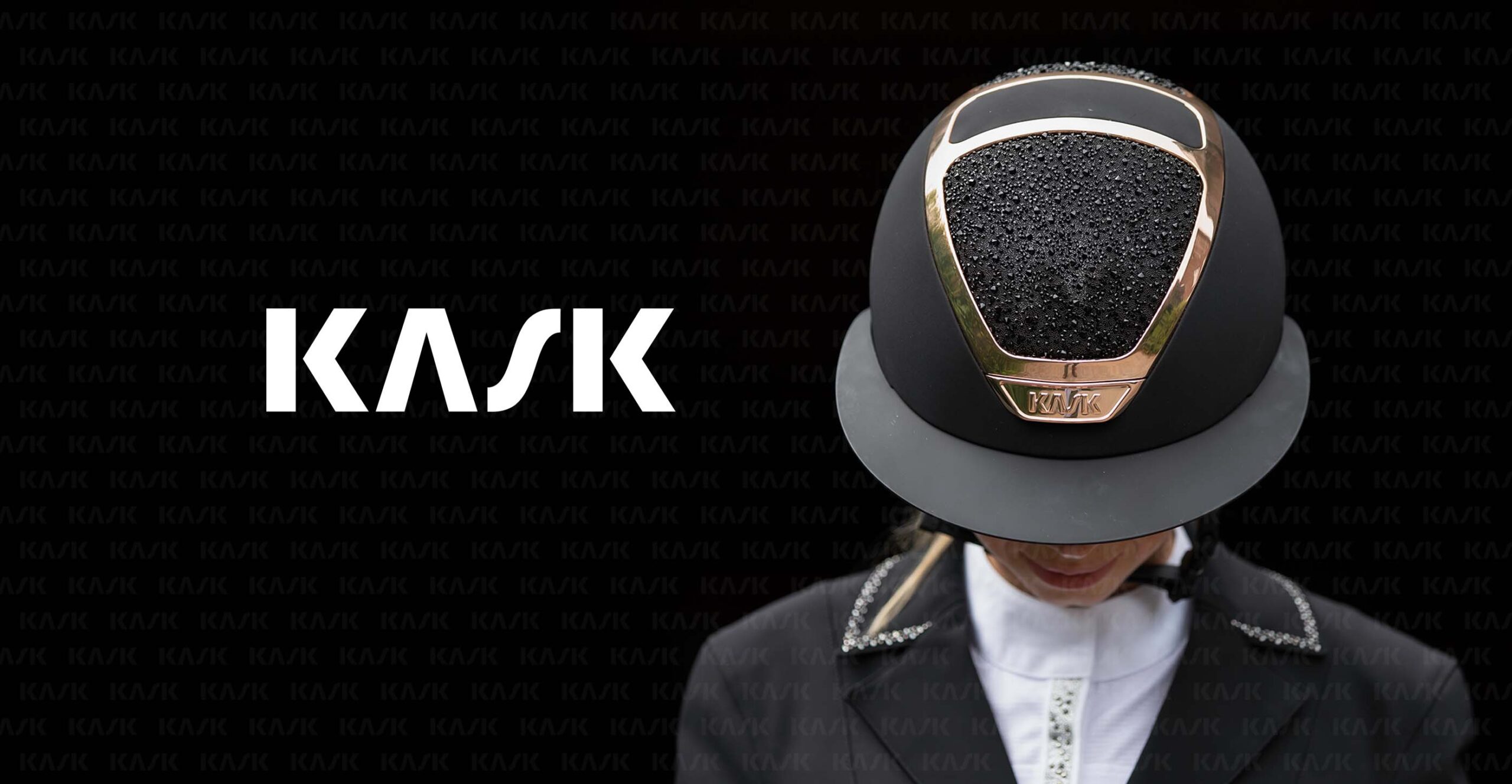Social Media Strategy Guidelines
As small business owners, we often end up wearing multiple ‘hats’ in the day to day running of the business – operations, sales, finance manager, HR, procurement – many of which we are neither trained, nor skilled in. When it comes to marketing, there is an assumption that social media management is ‘easy’ (we all manage our personal profiles so how hard can it be right?!) WRONG… without a strategy your social media may end up as more of a ‘hit and miss’ than a digital dream.
Social media strategy and content creation have become progressively more important – so much so that they have become job titles all on their own, with specific and specialized skill requirements. For many of us, employing a Social Media Strategist would fall into the 10-year plan, leaving ourselves and our marketing team to ensure the digital platforms are consistently maintained. Consistency being the key word!
Ever been so stressed out searching for, or attempting to create social media content that you end up not posting anything? Often, however, saying nothing is better than saying ‘anything’ when it comes to social media. Without a solid plan, social media content can become haphazard, irrelevant and unengaging, which ends up being more damaging for the brand as Facebook and Instagram’s algorithms penalize what they consider ‘low quality’ content.
Depending on your objectives (Brand awareness / Increased Sales / Lead Generation / Customer Retention / Establish Brand Trust and so forth) so your social media strategy will differ, but the elements to be considered remain the same:
FREQUENCY – HOW OFTEN AM I GOING TO POST?
Decide how many posts you intend posting during the month, which days you plan on posting and if there are any key dates or public holidays within the month to be aware of.
CONTENT – RELEVANCY, TONE & LANGUAGE
Your online tone and language should be consistent with your brand values and offline brand personality. Not all brands can successfully integrate Nando’s type humour into their strategy regardless of how successfully it may work for them. Analysing your brand values and personality is critical for strategy development as it also helps determine online etiquette (how you respond to comments, speed of response and so forth).
CONTENT CATEGORIES
Customers and followers don’t always want to be sold to, so when planning content, ensure you’re able to talk business without always being in sales mode. To encourage them to keep following and start engaging, your content needs to be relevant and interesting – nurture relationships so that once you do lay out the incentive to purchase, your audience has been primed to purchase. Consider including categories such as Motivational/inspirational, Behind the Scenes, Product benefits, reviews and testimonials and so forth within your content plan.
PLAN TEXT & IMAGES/VISUALS
Decide if you’re going to develop a signature look and feel – perhaps a specific filter for images or a certain layout (Instagram specifically) – which would make your profile memorable. If you don’t have your own images, create an image bank of high res stock images you could use. If you use images from photographers or other sources, ensure you provide the relevant credits.
DETERMINE YOUR SUCCESS METRICS
Depending on your objectives, your success metrics will differ. It is important to identify these beforehand to ensure you measure the correct metrics and to enable you to take corrective action quickly should you notice your content is not attaining the desired outcomes.
Examples of success metrics could include:
- Positive Post Engagement (Likes, Shares, Comments, Link Clicks)
- Reach
- Mentions
- Response Rate & Time
- Conversion rate
- Website Visits from Profile & time spent on site
TRACK YOUR RESULTS
Whilst all of the social media platforms provide comprehensive analytics tools, you can also create your own basic spreadsheets to record daily results (see template on page 28). For example, if your metrics include post engagement, record details such as:
- Date
- Number of Followers
- Post Comments, Likes and Shares
ANALYSE RESULTS & DETERMINE COURSE OF ACTION
This step is pretty self-explanatory. Analyse the results to determine if your actual outcome meets or exceeds your desired results. If not, determine corrective action which may include a change of content, frequency or time of posting.
















